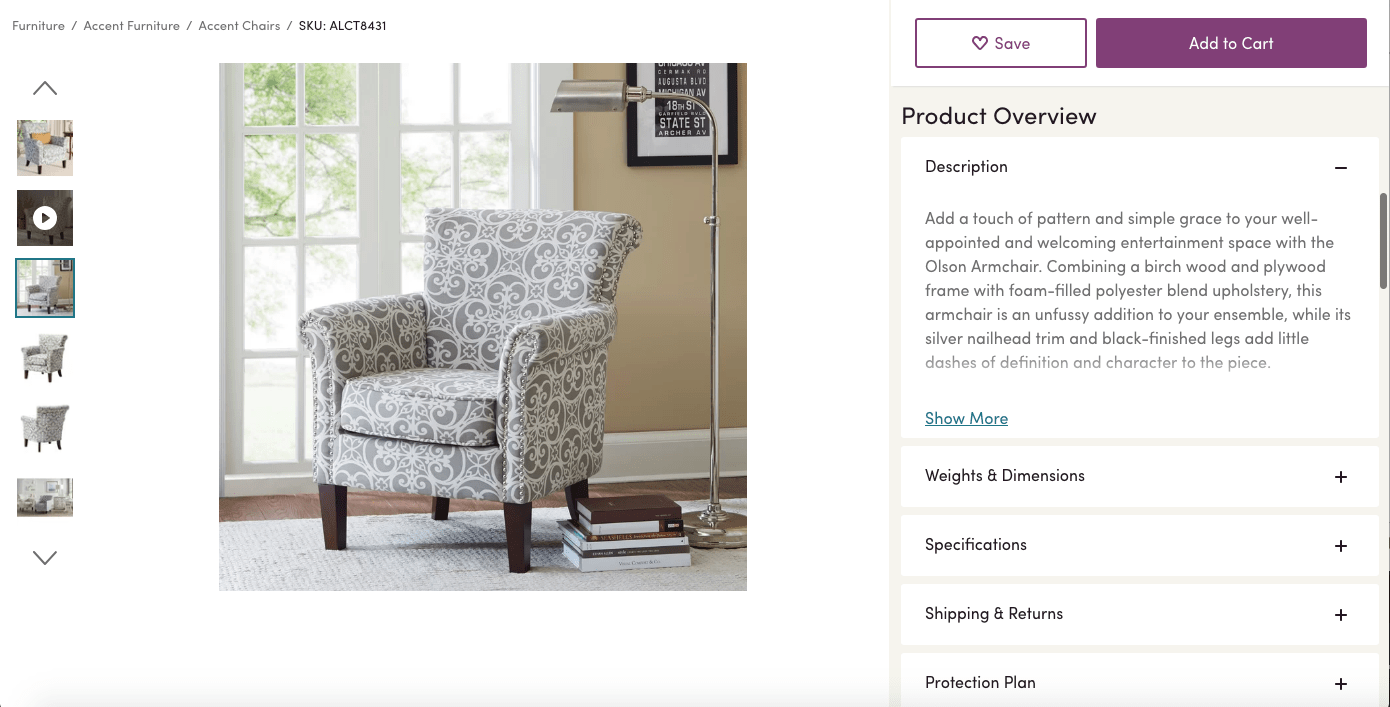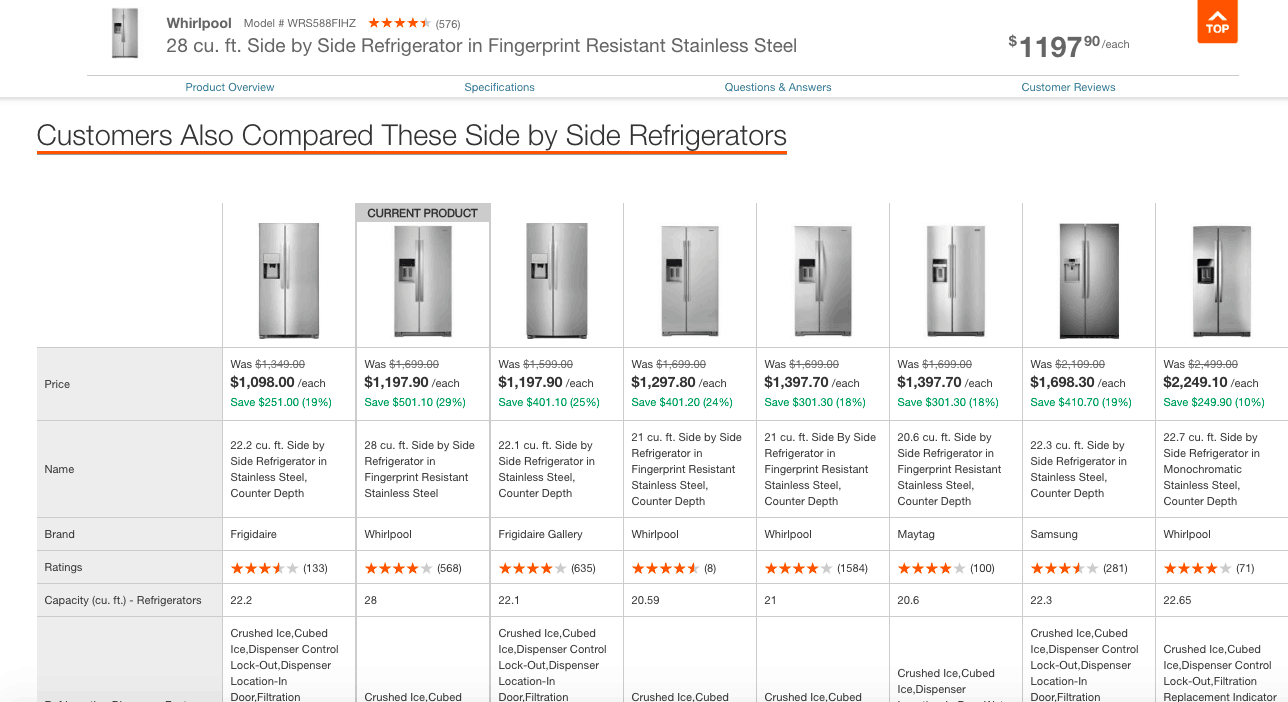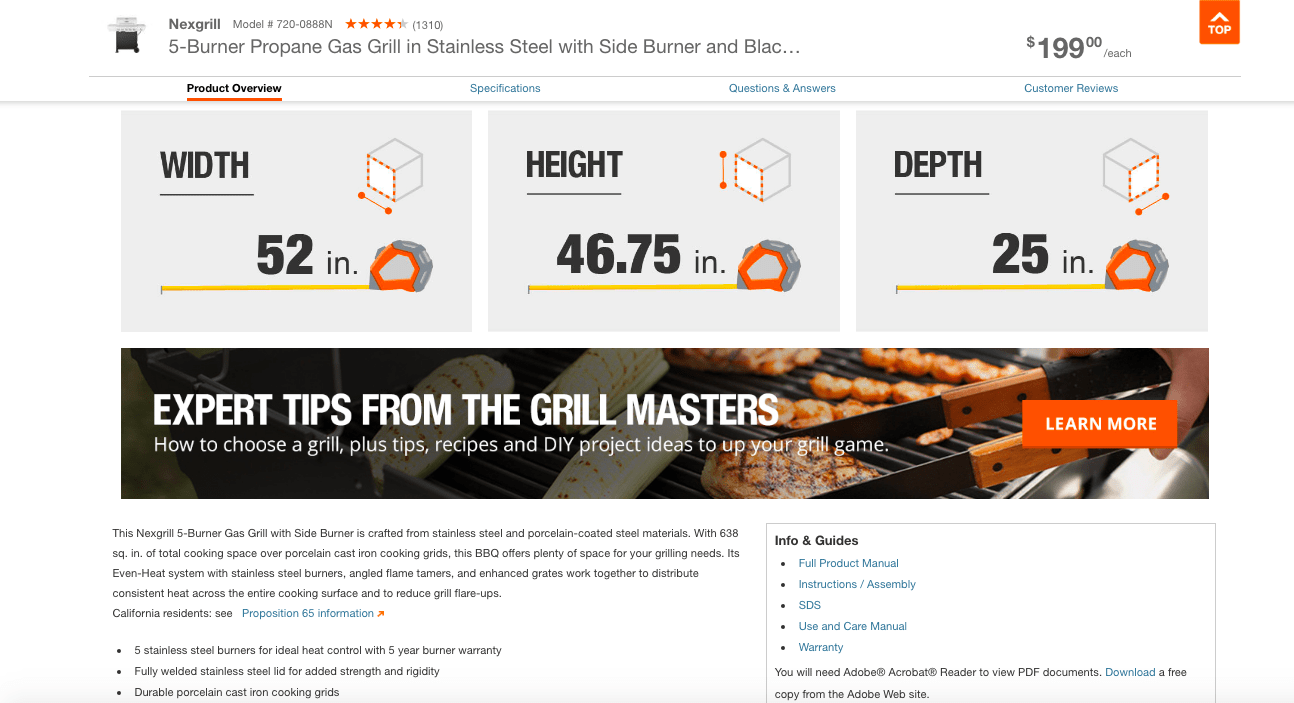Inside this Article
The Importance of a Well-Written Product Description
For most every product listing that exists across the internet, you’ll likely find a corresponding product description. These play several vital functions in the marketing of an item, and are advantageous to both the buyer and the seller. Consider the following:- Product descriptions are the new salespeople: A recent study conducted by Hubspot discovered that 62% of consumers would rather consult a search engine when researching a product than speak with a sales person
- Product descriptions are also used for research and can increase brand recognition: More than 90% of customers will visit a company website to learn more about an item prior to making a decision to buy, regardless of whether they plan to purchase online or in-person
- Product descriptions can increase your SEO ranking and conversion rates: Effectively utilizing keywords in your description will help your product pop up in organic search results, increasing the likelihood that potential customers will discover your listings; this is incredibly important given that organic SEO based searches are nearly six times more likely to convert than paid search ads
Things That Should (and Shouldn’t) Be Included in Your Product Descriptions
Good product descriptions definitely require time and effort, of course. But most importantly, they require thoughtfulness and strategy. By considering the following before you begin writing your descriptions, you’ll not only make the process easier, but your descriptions will be stronger and more effective—leading to higher views, sales, and loyal customers.Be Consistent with Your Overarching Brand
There is no single right way to write product descriptions. Some may include more information, some may include less. Certain companies will want to stick to “just the facts,” while others will be better off crafting an elaborate and aspirational image of the product. Everything from the length, format, design, tone, and word choice should be based off of your brand vision, and the type of personality that you want to project to your customer base.Write to Your Audience
This sounds simpler than it is. Many companies will resort to overly general product descriptions because they either want to appeal to a wide audience or, frankly, because they don’t have a good idea of who their audience is. However, the more specific you can be, the better. After all, if it’s something that’s for everybody, then it can’t be anything all that special, right? Consider who will be using the product. What do they hope it will bring to their lives? What concerns might they have? What factors are they most motivated by? After reading your product description potential customers should be left excited and inspired, not confused or bored.
Consider Layout and Readability
As previously discussed, depending on the type of product you are selling and who your audience is, you may be including quite a lot of information. Consider how someone will be reading your product description, and make it as pleasant of an experience as possible for them. If there are a lot of technical aspects to include, it might be best to include bullet points that can help break up the text and make it easier for someone to scan for the specific information they may be looking for. A grid can also help customers compare products, and will serve as a resource that they continue to return to, increasing your brand awareness and value. You can also call out keywords or particularly important points by coloring or highlighting words.
Provide Added Value
For certain items you’ll obviously want to include dimensions, weight, possible uses, cautions, and any other data that could be important to the buyer. You should also be considering how the information can add value to your product, and aid with your ever-important SEO keywords. For example, instead of saying “high-quality,” describe how it was manufactured in the U.S., using all top-of-the-line parts, including medical grade titanium bolts, etc. By giving clearer details, rather than making blanket statements, you’ll appear more knowledgeable and trustworthy to your potential customers. Consider not only the above but also ponder on extra information that could prove valuable to your audience and contribute to distinguishing you from competitors. Generating a multitude of fresh content is not obligatory for this purpose. Take, for instance, the case of The Home Depot: They establish connections on a product page for a specific grill, directing users to supplementary content like proficient grill pointers, DIY undertakings, and recipes. By doing so, they furnish beneficial insights to potential customers, thereby likely amplifying enthusiasm and cultivating a heightened interest in the product.
















